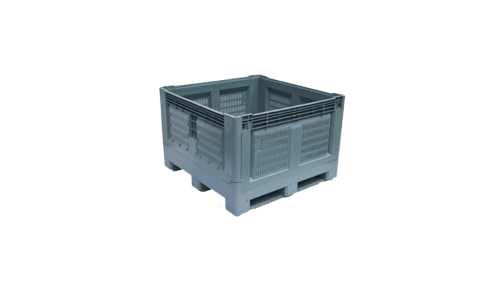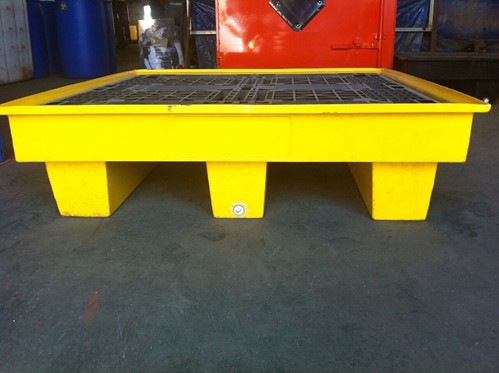Business practises are becoming more environmentally-friendly. Chief among them is the transport and procurement of materials throughout the supply chain.
In support of this growing trend, the International Standards Organisation (ISO) has recently updated its sustainable procurement guideline. The standard, called ISO 20400:2017, will be a way to help organisations and procurement specialists make informed decisions in weaving environmental sustainability into every level of the supply chain.
For both international and domestic trade, this new standard will have an impact on selecting the right transportation materials for materials and products.


What is sustainable procurement?
Understanding the three key components to sustainable procurement will help businesses make sense of the ISO 20400:2017 changes. These components, according to the Australian Government, currently include:
- Environmental impacts such as the input of natural resources into the manufacture, transport or disposal of goods.
- Social impacts including labour and delivery of goods and services.
- Economic impacts which include cost of operations and the maintenance of goods over their lifetime.
By minimising the negative aspects of environmental, social and economic impacts, and maximising beneficial ones, businesses can integrate sustainability into procurement and the wider supply chain. The new ISO standard will likely build on this, but will include more recent terminology such as “circular economy”, “social responsibility” and “the lifecycle of goods or services”. Doing so will help take into considerations a changing global landscape and the need for increased business transparency.
Choosing the right transport material can instantly improve sustainability.
What immediate steps can businesses apply today
Thankfully, businesses that aim to lessen the environmental impact of their operations don’t have to change all at once. Shipping is a simple and effective place to start, and choosing the right transport material can instantly improve the sustainability of this area, in all three of the above categories:
- Plastic pallets are environmentally-friendly. Wood pallets are not always the most sustainable option, especially if the wood isn’t sourced using sustainable forestry practises. Additionally, wooden pallets aren’t 100 per cent recyclable. Plastic pallets, on the other hand, can be recycled and are often made from recycled materials.
- Plastic pallets have lower social impact. Plastic pallets are lighter than wooden ones and contribute less to labour costs. Plastic pallets are also less likely to be contaminated by foreign bodies, so are less likely to cause harm to consumers.
- Plastic pallets have a much longer life cycle than wooden ones. The economic impact of having to replace wooden pallets on average 10 times more often than plastic ones means that plastic pallets easily are the most economically-efficient option.
To find out more, get in touch with the team at Eco Pallets today.









Comments are closed.